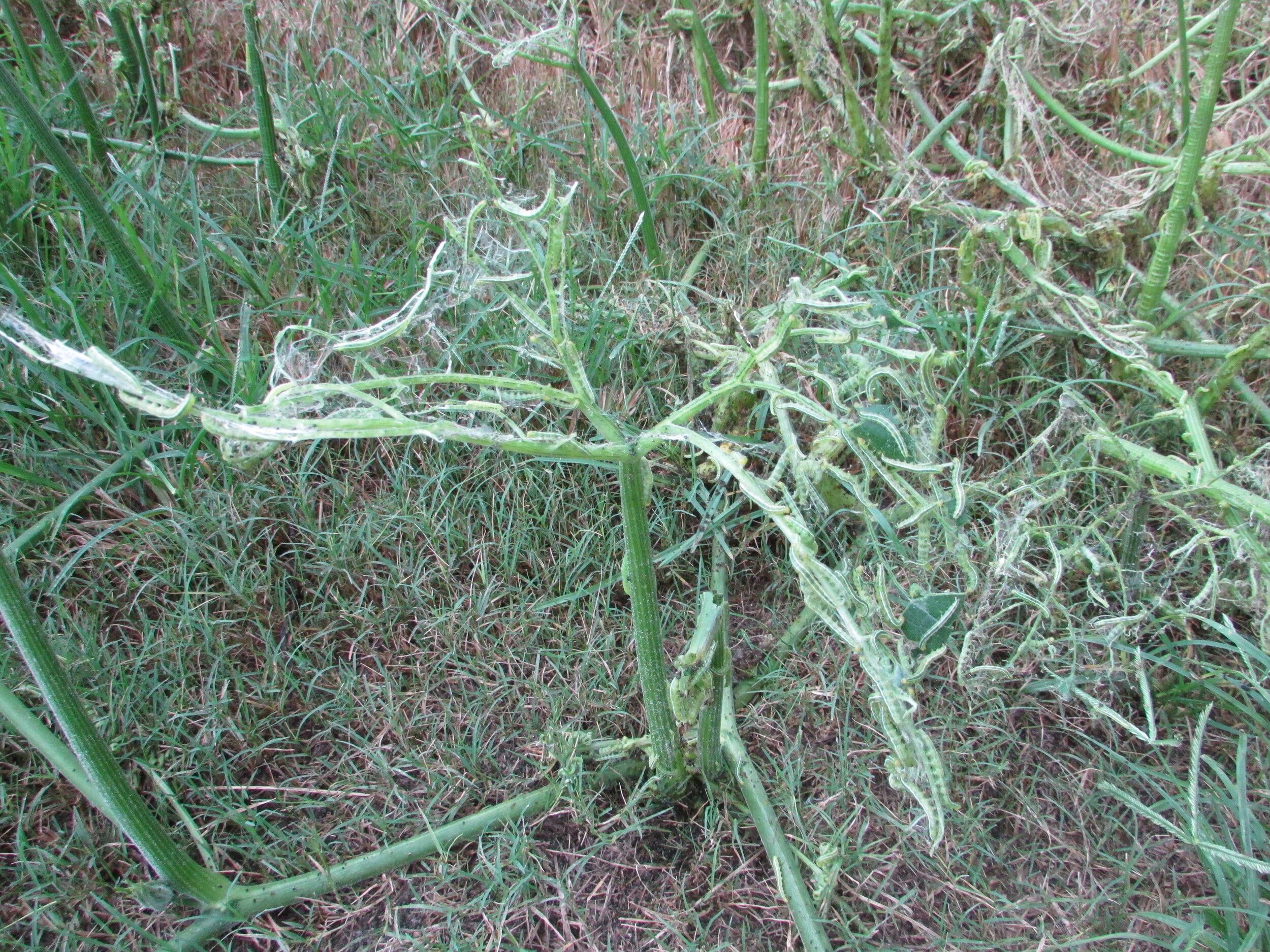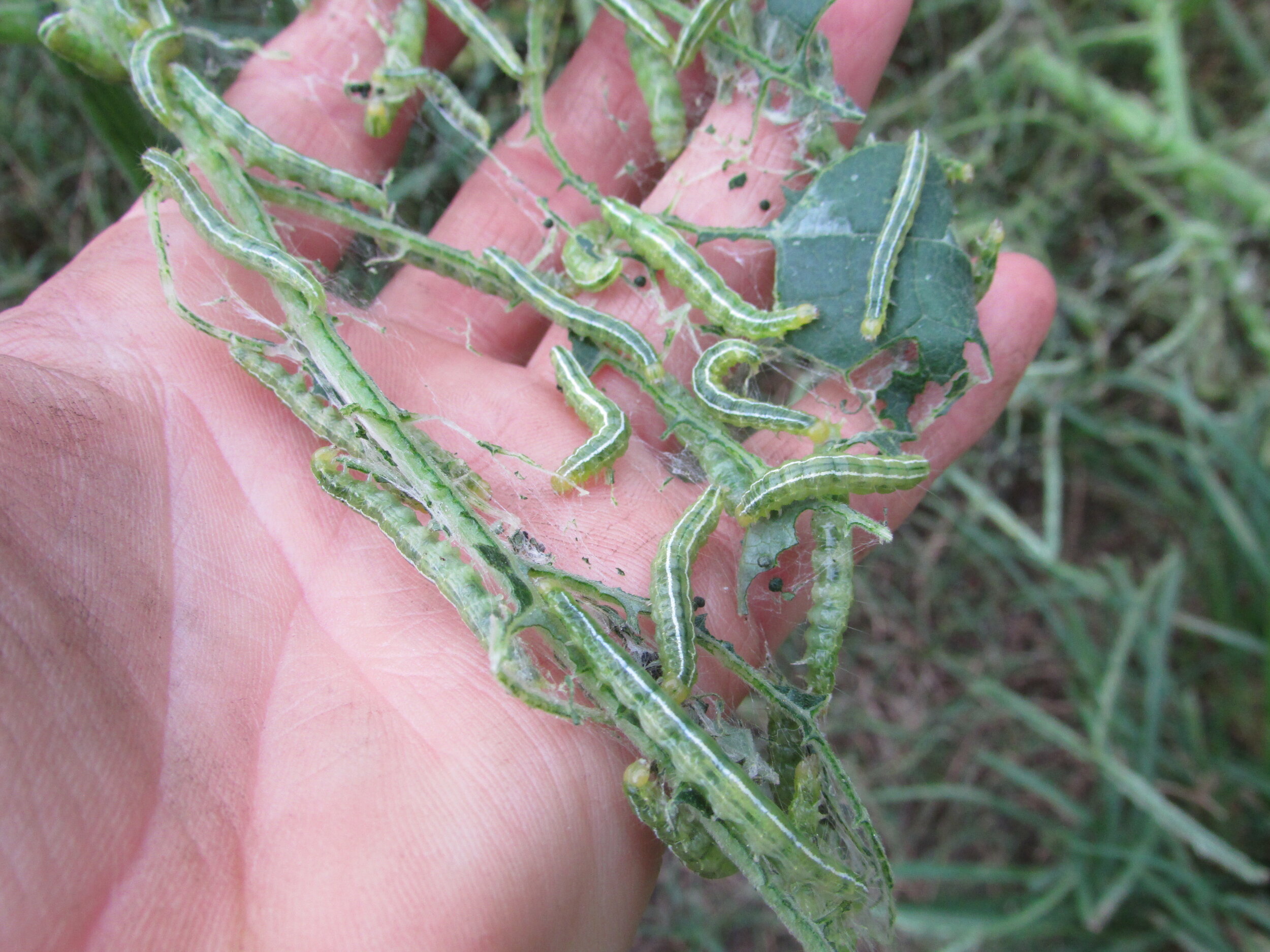There is Always Next Year!
Four years ago our Puerto Rican worker gave me some Calabaza seeds—a Spanish pumpkin that he grew growing up in Puerto Rico. His brother-in-law from St. Croix gave him some seeds to plant, and Eli shared half of the seeds with me. I was so excited I planted all 10 of my seeds immediately. It was the end of May—and along time until Fall, so I thought that I had plenty of time to grow them. Well, by the time the first frost happened the vines had grown pretty big—but the pumpkins were only the size of baseballs. I was disappointed—but there was next year to look forward to. Thankfully the following spring Eli generously gave me his half of the seeds. This time I planted them the beginning of April. The vines grew and grew—50 ft. long. By summer they were producing pumpkins, and by the end of September we harvested a 55 pound pumpkin.
I was shocked when Eli told me it was ripe—because it was still green. All the pumpkins that I had ever seen were orange or tan. I literally had to Google the Calabaza pumpkin before I had the nerve to cut the vine—a green pumpkin just couldn’t be ripe—or could it? Turns out it was ripe, and the inside was a luscious orange. In Spanish countries they sell the Calabaza pumpkins by the slice—not as a whole. I can understand why since they get so big.
We canned that 55 pound pumpkin and a few others, the rest we shared with friends. We ate many a meal of pumpkin soup, pumpkin muffins,and pumpkin pie off of that 55 pound pumpkin—and I think that we still have a few jars left.
This year I decided that it was time to grow some more Calabaza pumpkins on the side of the barn. The first time we grew them on the side of the barn the soil was made of many years old wood chip compost—and the soil was lush. Then Papa decided to store some yucky hay on the side of the barn—and it sat there for three years. Bahia hay does not decompose very well and so this spring the bails were practically still sitting there. Some of them had some signs of decomposing, and we spread them out the best we could, and carted the rest of them down to the compost hole (a low spot on our property). Then we emptied the chicken houses out on top of the hay. In the middle of the whole area I dumped a few five gallon buckets of compost in a three foot wide circle—and there I planted the seeds that I had saved from my 55 pound pumpkin.
I planted twelve seeds, but only eight sprouted. Then the spring winds ripped half of the little sprouts off at the ground. In the end we were left with three pumpkin plants. We watered them faithfully everyday, and they grew and grew and grew. They grew into the drive lane, they grew toward the driveway, they grew up the barn wall, and they started to grow into the barn. I was constantly telling people to stop driving over the pumpkin vines—they really were in the way, but sometimes you have to sacrifice to get good food—right?
We kept looking and looking, but we never did see any pumpkins. We saw lots of male flowers, but no female flowers. By July we finally started seeing baby pumpkins appear, but then someone would drive over the vines. Then vines grew about three feet a day, and about every three feet they would set a pumpkin. They grew so fast, and so thick, that we never could see if the baby pumpkins were growing or dying.
Then trouble arrived in the form of little green worms. They started in the middle of the patch, and began to inch their way to the edges. It was slowly at first, then large sections would disappear overnight.
By Sunday night there was only about a 3 ft. by 25 ft. section of pumpkin vines left—and they were loaded with baby pumpkins. Every square inch of vine and leaves was covered with two or three little green worms. Papa’s tractor bucket and the gas cans were even covered with little green worms.
On Monday morning we brought in the only pest control that we can use on an organic garden—chickens. I wish that we had thought if it earlier, for maybe we could have saved the pumpkin patch. Chickens are not herbivores (vegetarians), they are omnivores (they eat meat and vegetables). They were fed very well for the next two days as they eagerly devoured lots of little green worms.
Out in the garden we made nice fancy beds to plant Seminole pumpkins in—and I planted them the beginning of April too. The pumpkins didn’t like their soil though. We made raised beds and filled the bottom half with woodchips, and the top half with compost. The woodchips sucked all the nutrients out of the compost—and although the seeds sprouted, the little plants never grew more than 4 inches before they turned yellow. I gave them some organic fertilizer, but they still died.
We probably won’t get pumpkins this year—but there is always next year. Gardening is an adventure, it is a science project, it is a great place to enjoy the great outdoors, and if you are blessed you get to eat from it too. Be brave! Plant some seeds, keep the weeds out, watch them grow, and just maybe you may get to partake of the fruit of your labors—but if not, don’t worry, there is always next year!






